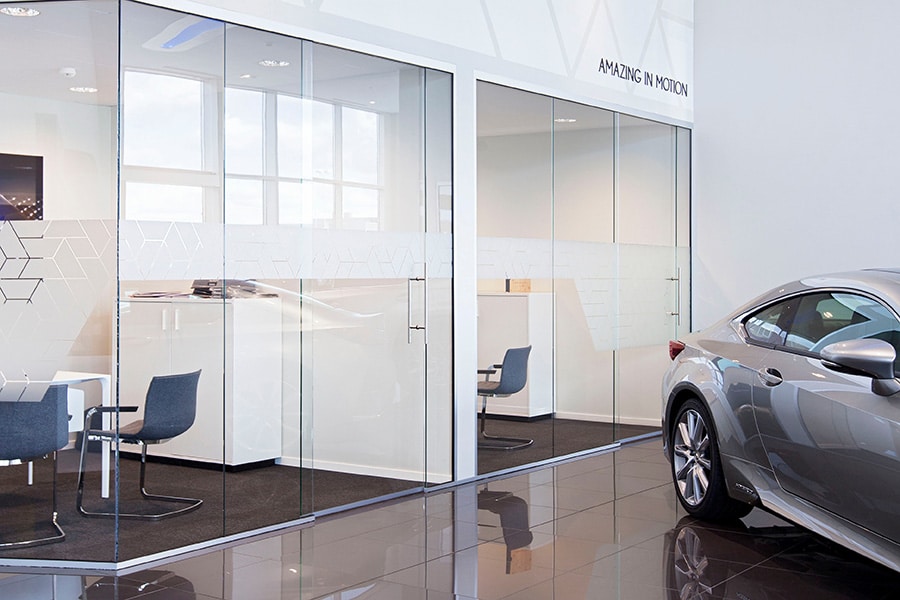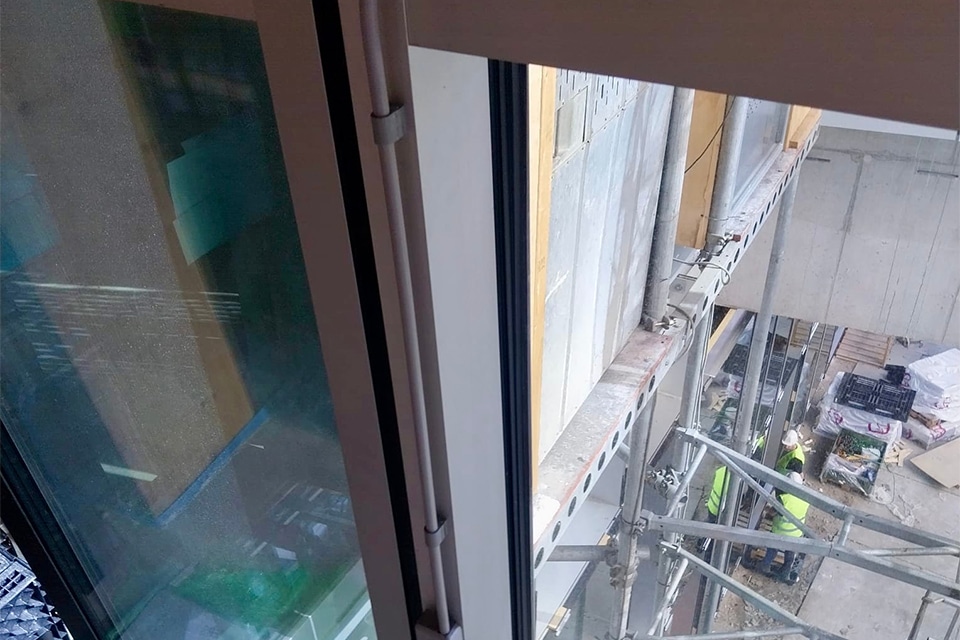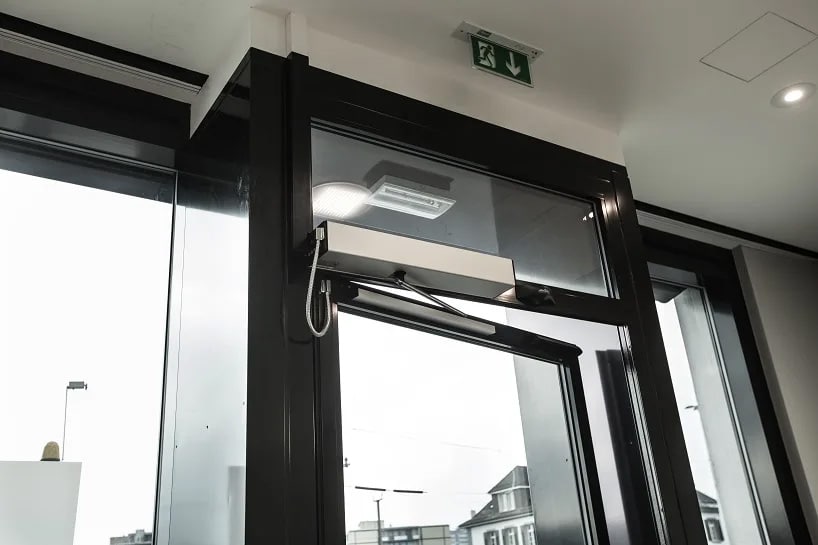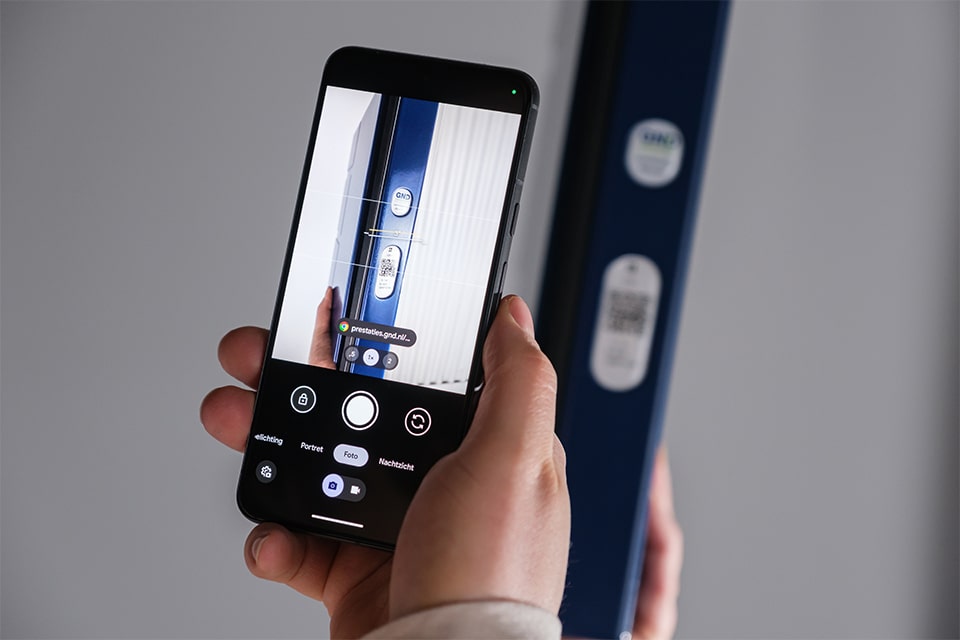
Flat composite doors versatile alternative to solid wood style and sill doors
More ease of maintenance, more durable and better performance
The coming years will see a marked shift in the world of exterior wood doors. Whereas traditionally solid wood stile and sill doors were popular for garden, kitchen and balcony doors for a long time, flat composite variants are increasingly being chosen for such applications. "And this is mainly due to the greater ease of maintenance, increased durability and improved performance," says Henk Breel, director of GND-Garantiedeuren, the umbrella body of leading Dutch wood door manufacturers for more than 40 years.
A key advantage of flat composite doors lies in their significantly lower maintenance. "Unlike traditional style and sill doors, where the connections of grooves and joints require extra attention, flat doors are characterized by a somewhat simpler and seamless design," Breel said. "This reduces the risk of dirt accumulation and moisture ingress. In addition, rounded corners at the glass openings improve drainage, reducing the chance of moisture problems. And that translates into lower maintenance costs and a longer lifespan. Furthermore, flat composite doors react less to temperature and humidity differences. As a result, compared to solid wood doors, they shrink or expand less and thus offer higher functionality."
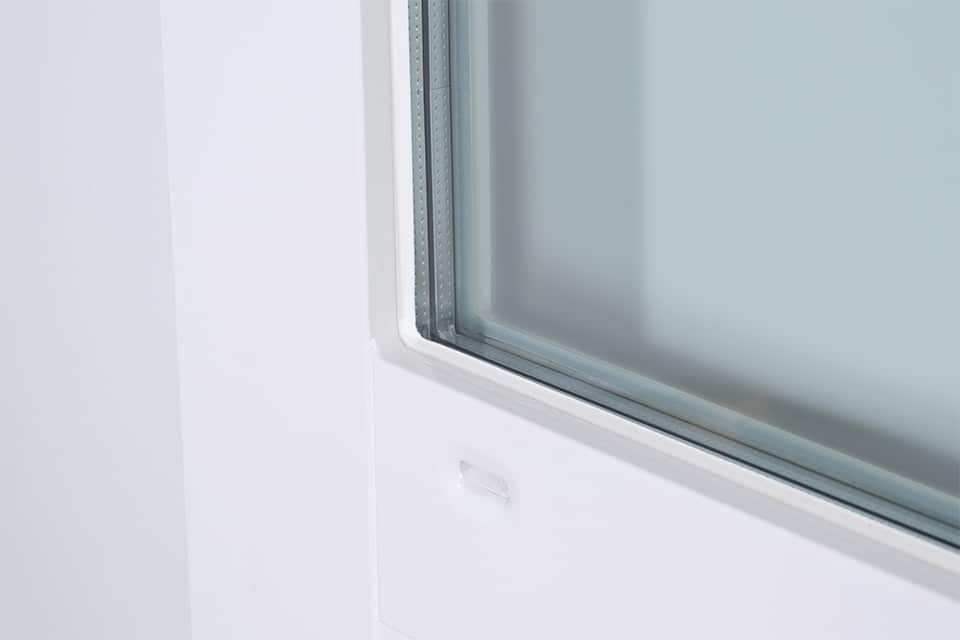
Thicker = better
The rising market demand for flush doors is also caused by a growing need for better insulation values. "Within the framework of increasingly stringent energy performance requirements, flat doors can be better tailored to today's insulation needs," Breel explains. "This results in a door that is not only more functional, but also contributes better to energy efficiency."
An important development in this context is the necessary increase in door thickness from 38 to 54 millimeters (the standard within the new construction market for 25 years) in the renovation market. This additional thickness provides a significant improvement in terms of insulation and wind and draft tightness. "In addition to a higher thermal insulation value, a thicker door also provides better sound insulation and increased strength," continues Breel. "In this way, you not only increase comfort within homes, you also reduce energy costs through better heat retention."
Proven application
Although the flat composite door is increasingly replacing the traditional style and sill variant, the concept has proven itself for decades. As a front door in particular, the flush composite door has been used as standard for many years. In this capacity, it has proven to be a versatile and reliable choice with extensive design possibilities. Breel: "The principle offers great design freedom for both classic and modern styles. At the same time, it meets increasingly stringent insulation and durability requirements. Furthermore, as a replacement for the upright and sill door, flat doors can be provided with the same rising spandrel height, so that the appearance on the outside is virtually the same as that of a traditional door. Deviating from this, the inside can actually be finished flat and sleek."

Label
Finally, another development in door land that deserves further explanation links to the increasing need for insight into the performance and origin of exterior doors. This is where the GND guarantee label comes in. "With this label, you simply conjure up all relevant product information via a QR code," explains Breel. "Think of insulation value, burglar resistance and maintenance conditions. Welcome data that not only facilitates the purchase and maintenance of doors, they also contribute to circularity in the construction sector."
Heeft u vragen over dit artikel, project of product?
Neem dan rechtstreeks contact op met GND Warranty Doors.
 Contact opnemen
Contact opnemen
